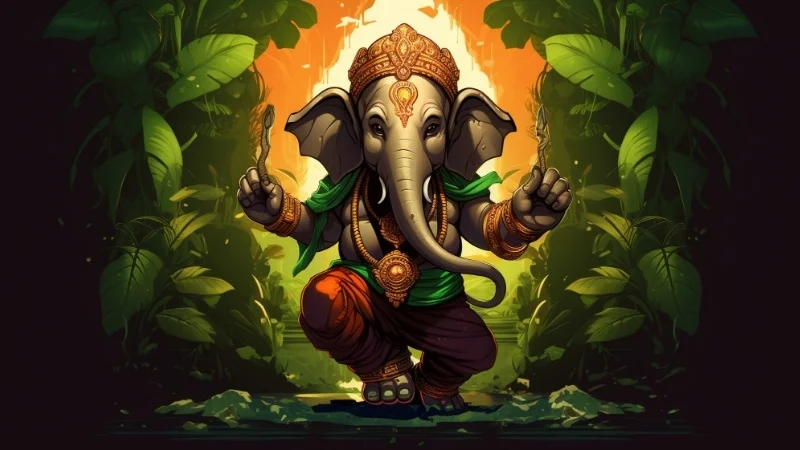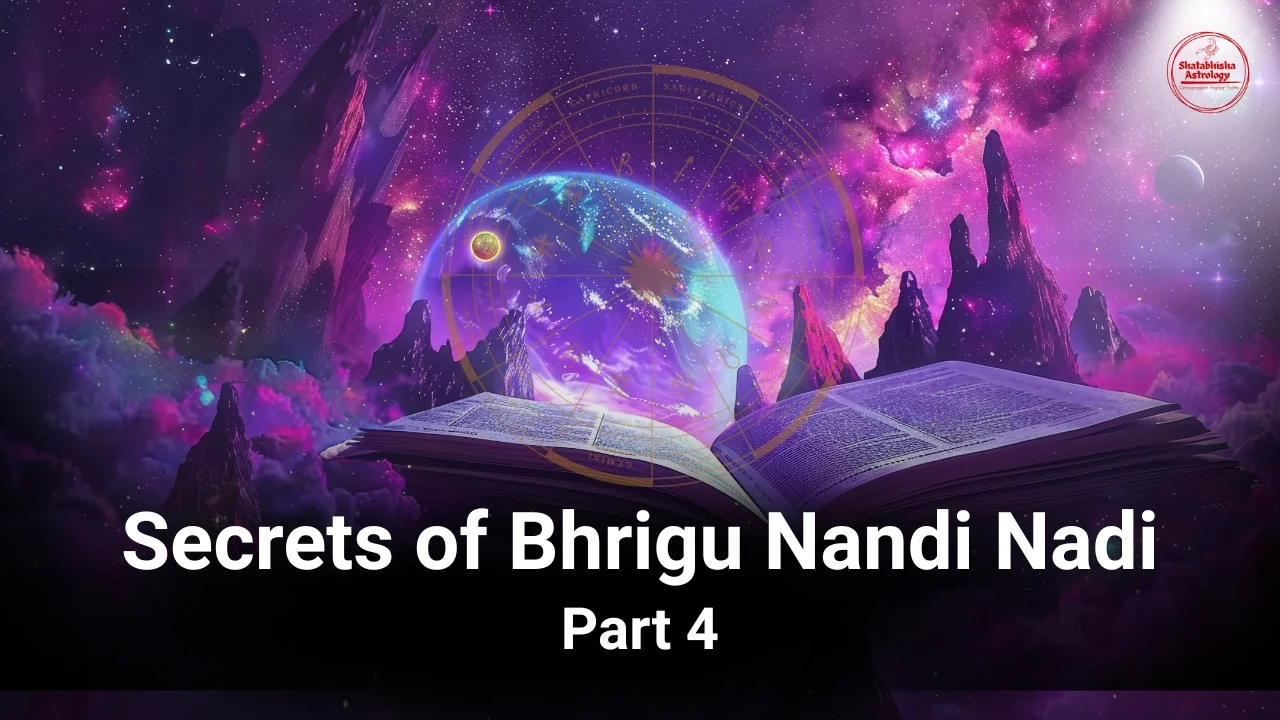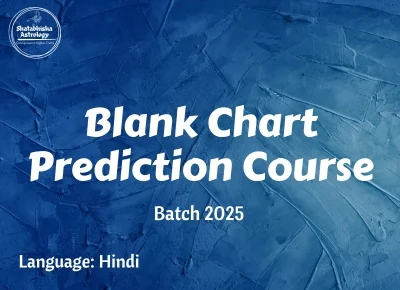Introduction to Horary Astrology
What is Horary Astrology?
Horary astrology, also known as Prashna Jyotish in Vedic traditions, is a powerful and ancient method of answering specific queries by analyzing the planetary positions at the exact time of the question. Unlike natal astrology, which interprets a person’s life based on their birth details, horary astrology functions as a direct divinatory tool, focusing on the energy of the moment when a sincere question is asked.
The word “Horary” is derived from the Latin word hora, meaning “hour.” In essence, horary astrology is about capturing the cosmic energy of the question’s moment and interpreting it to provide precise, real-time answers. This method has been used for centuries to resolve dilemmas related to career, marriage, finances, travel, health, and even the search for lost objects or missing persons.
Why is Horary Astrology Important?
Horary astrology is significant for several reasons:
- Immediate Guidance: It provides direct answers without needing the querent’s birth details, making it useful when an exact birth time is unknown.
- Decision-Making Tool: It helps in making crucial decisions related to finance, relationships, health, and career.
- Accuracy and Reliability: If approached correctly, horary astrology can offer precise insights with a high degree of accuracy.
- Spiritual and Psychological Insight: It connects the querent to divine cosmic energies, revealing subconscious motivations and karmic influences.
The Foundations of Prashna Jyotish
The accuracy of Prashna Jyotish depends on several key elements:
- The Sincerity of the Querent: A genuine and heartfelt question yields a more accurate result. Frivolous or casual questions may not generate clear planetary indications.
- The Exact Time of the Question: The astrologer must note the precise moment when the question is asked and understood.
- The Astrologer’s Role: The astrologer’s intuition, knowledge, and ability to interpret planetary movements play a crucial role in providing an accurate reading.
The Difference Between Horary and Natal Astrology
Horary astrology and natal astrology serve different purposes, yet both are essential branches of Jyotish. The table below highlights their differences:
| Feature | Horary Astrology | Natal Astrology |
|---|---|---|
| Based on | Moment of query | Birth details |
| Purpose | Answering specific questions | Life analysis |
| Applicability | Immediate guidance | Long-term insights |
| Accuracy | High for immediate concerns | Broad and evolutionary |
| Dependency on Birth Time | Not required | Required for precise readings |
How to Approach a Prashna Chart?
To accurately interpret a Prashna Kundali (horary chart), follow these steps:
- Recording the Exact Time and Location: The astrologer must note the time and place where the question was asked and understood.
- Drawing the Prashna Kundali: A horary chart is cast based on the time of the question, using traditional Vedic or Western methods.
- Identifying the Ruling Planet: The Hora Lord, Lagna Lord, and Moon’s position hold crucial importance in determining the answer.
- Analyzing House Significations: The house related to the question (e.g., 7th house for relationships, 10th house for career) must be examined.
- Evaluating Planetary Strengths and Aspects: Benefic and malefic influences, planetary yogas, and aspects help determine the final outcome.
- Checking Nakshatras: The nakshatra of the Moon and other key planets provide additional insights into the timing and nature of the event.
- Final Interpretation: The astrologer combines all factors and gives a clear, logical answer based on the planetary indications.
Common Horary Questions and Their House Significations
Each Prashna is connected to a specific house in astrology. Here are some common questions and the corresponding houses:
| Question Type | Related House |
| Will I get married soon? | 7th house |
| Will I get the job I applied for? | 10th house |
| Will I recover from this illness? | 6th house |
| Where is my lost item? | 2nd and 4th houses |
| Should I invest in this business? | 2nd and 11th houses |
| Is my partner loyal to me? | 7th house |
| Will my travel plan be successful? | 9th house |
The Role of the Astrologer in Horary Astrology
In Prashna Jyotish, the astrologer’s role goes beyond calculations. The astrologer must:
- Develop Intuition: Experience and spiritual awareness enhance an astrologer’s ability to interpret Prashna charts.
- Follow Ethical Guidelines: The astrologer should guide the querent responsibly and avoid fear-based predictions.
- Maintain a Neutral Mindset: Personal biases should not influence the reading.
- Assess the Karma of the Question: Some questions arise from deep karmic influences, and an astrologer must recognize when the universe is providing an answer.
Conclusion
Horary astrology is a profound predictive science that offers immediate solutions to real-life problems. It is a dynamic and reliable method that allows astrologers to provide guidance without needing a birth chart. By mastering this branch of astrology, one can give precise and insightful answers based on cosmic signals at the moment of inquiry.
The History and Origins of Prashna Jyotish
Ancient Roots of Horary Astrology
Horary astrology has a deep and rich history, with origins tracing back thousands of years across multiple civilizations. From the early Babylonian astrologers to the refined techniques of Indian sages, this system of divination has evolved into a structured discipline that remains relevant today.
Horary Astrology in Ancient Civilizations
- Babylonian Astrology (2000 BCE – 500 BCE): The Babylonians were among the first to develop an advanced system of celestial divination. They meticulously recorded planetary movements and believed that celestial alignments could provide insight into immediate concerns. The famous omen-based astrology of the Babylonians laid the foundation for later horary techniques.
- Hellenistic Influence (300 BCE – 500 CE): Greek astrologers like Claudius Ptolemy and Dorotheus of Sidon refined Babylonian techniques, emphasizing the importance of horoscopes cast for specific questions. They developed intricate planetary rulerships and aspects that influenced modern horary astrology.
- Persian and Arabic Contributions (500 CE – 1200 CE): Scholars like Al-Kindi and Abu Ma’shar expanded upon the Greek traditions, introducing concepts such as planetary dignities and derived houses. Their works heavily influenced medieval European astrologers.
- Indian Prashna Jyotish (Ancient to Present): Vedic astrology incorporated horary principles through the development of Prashna Marga, a detailed system that considered planetary placements, yogas, and omens. Sages like Varahamihira and Parashara emphasized Prashna as an essential tool for instant answers.
The Role of Prashna in Vedic Astrology
Prashna Jyotish holds a unique position in Vedic astrology as it allows the astrologer to bypass the need for a birth chart and directly address pressing concerns. Ancient texts like Prashna Marga and Brihat Parashara Hora Shastra outline detailed techniques for interpreting Prashna charts based on planetary positions, houses, and even physical omens observed at the time of the question.
Evolution of Prashna Techniques
Over centuries, different schools of Prashna Jyotish have emerged:
- Kerala’s Prashna System: Kerala’s astrologers developed a unique approach integrating Ashtamangala Prashna (a system combining astrology with omens and numerology). It involves the use of specific objects, including cowries and conch shells, to provide deeper insight into the querent’s concerns.
- Nadi Prashna: This system relies on intuitive methods where ancient palm-leaf manuscripts contain predefined answers based on the querent’s query. It is believed that the past, present, and future of an individual are already recorded, and astrologers act as facilitators in revealing these answers.
- Tajika Prashna System: Influenced by Persian astrology, this system emphasizes planetary aspects, annual horoscopy, and a unique method of reading planetary strengths based on the Tajika Yogas.
Use of Omens in Prashna Jyotish

One unique feature of Prashna Jyotish is the incorporation of omens (Shakuna). These omens can be physical, auditory, or visual and are considered highly relevant when analyzing a horary chart. Examples include:
- Physical Omens: The movement of animals, birds, or sudden body sensations at the moment of asking the question.
- Auditory Omens: Words spoken by others in the surroundings that may indicate a positive or negative outcome.
- Visual Omens: The first sight after asking the question—such as a temple, fire, or water—can offer additional clues about the response.
Modern-Day Applications of Prashna Jyotish
While ancient methods remain the foundation, modern astrologers integrate technology to enhance accuracy. Today, astrologers use software to cast Prashna charts instantly, but the core principles remain unchanged—relying on the wisdom of the moment to provide insightful answers.
Prashna Jyotish is widely used for:
- Predicting marriage timing and compatibility
- Answering career-related concerns such as promotions and job changes
- Diagnosing health issues and determining recovery prospects
- Locating lost objects and missing persons
- Determining the success of financial investments
Conclusion
The history of Prashna Jyotish reflects its resilience and adaptability across cultures and centuries. From the Babylonians to present-day Vedic practitioners, the art of horary astrology continues to be a vital tool for answering life’s most pressing questions. Understanding the historical development of Prashna helps modern astrologers appreciate its depth and refine their skills in interpretation.
If you want to learn more about Prashna Astrology, Click here.









6 thoughts on “Horary Astrology and Prashna Jyotish”
This blog beautifully explains the depth and precision of Horary Astrology and Prashna Jyotish, making it accessible to both beginners and enthusiasts. The way ancient wisdom is blended with practical insights is truly commendable. A well-structured and informative read that adds great value to understanding this fascinating branch of astrology.
I’m unemployed and fighting a disease whilst surviving on my savings for past 2.2 years. Could I join your courses and pay you later when I start my earnings please?
My cat is missing since yesterday. Will I able to found him?
do contact on whastapp office 7808695886.
Plz maan jaaiye..hum kbhi bhi koi galti nhi krenge
I promise 🙏🙏
Plz maan jaaiye..hum kbhi bhi koi galti nhi krenge
I promise 🙏🙏